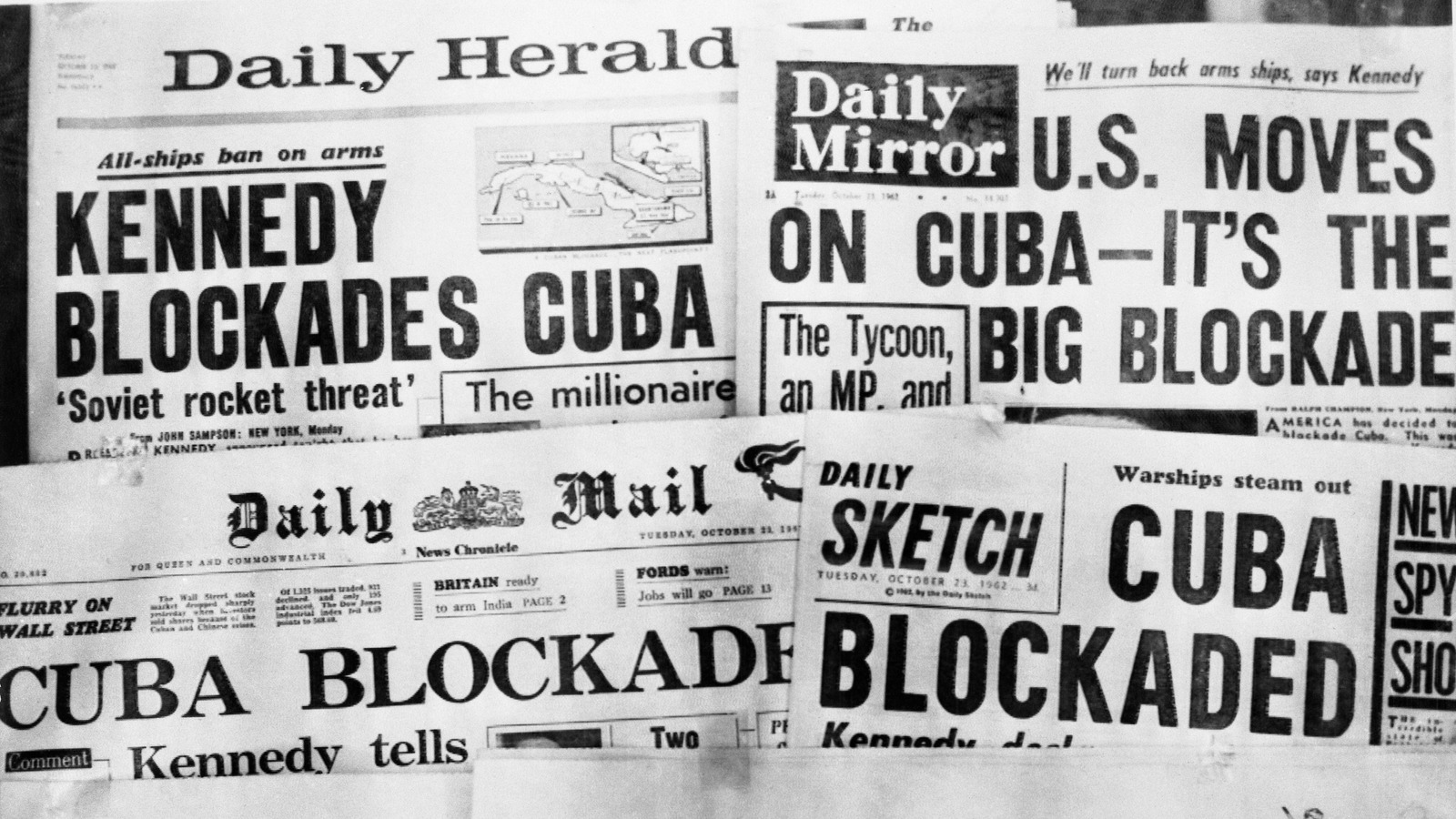The Cuban Missile Crisis occurred over 13 unnerving days in October 1962 and brought the U.S. and Soviet Union alarmingly close to the precipice of a full-scale nuclear war.
But to understand how and why the United States needed to sneak aircraft carriers across the ocean to deal with this crisis in the first place, we need to know what led up to the crisis. In 1933, a young Cuban army sergeant named Fulgencio Batista led a rebellion that overthrew then-president Carlos Manuel de Céspedes. For the better part of the next three decades, Cuba was ruled by puppet presidents or engaged in some form of coup d'états, with Fidel Castro and his 800 guerrilla warriors forcing Batista to flee the country at the start of 1959.

Like many of Cuba's leaders in the past, he promised one thing but delivered another. Instead of freedom and opportunities, Castro nationalized private-sector commerce and began an anti-U.S.
campaign. The economy soon tanked, turning the people against him. When Castro established a trade agreement with the Soviet Union in February 1960, the United States had no choice but to take action.
President Dwight D. Eisenhower tasked the Central Intelligence Agency (CIA) with figuring out a way to invade Cuba and oust Castro by any means necessary, which even included outright assassination by way of poison and botulism pills. When John F.
Kennedy was elected president in November 1960, he agreed to continue Eisenhower's plan. With Cuba only 90 short miles off the coa.
















